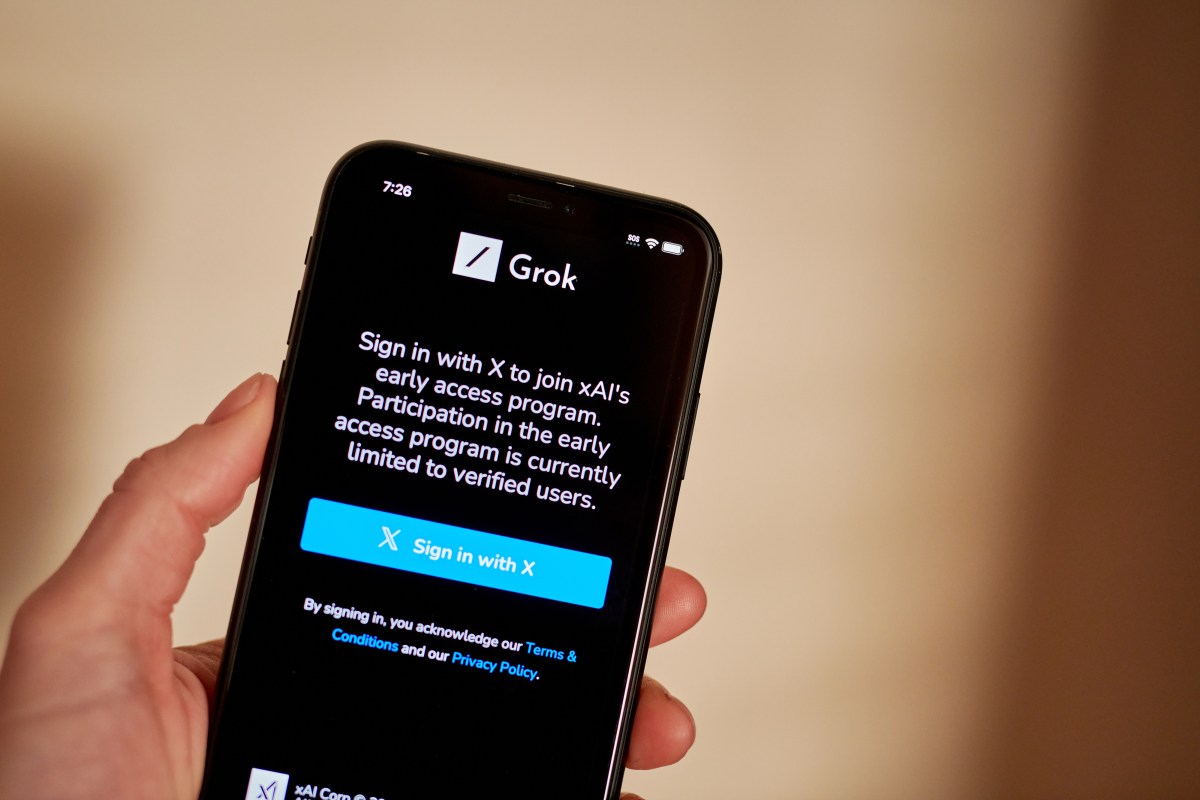Twitter Pixel allows you to track user actions on your e-commerce website after they interact with your Twitter ads. By implementing Twitter’s standard e-commerce events, you can optimize your campaigns, retarget users, and measure the effectiveness of your ads in driving conversions. Below are the key Twitter Pixel events that are highly relevant to e-commerce businesses:
PageView
- Description: Triggered when a user visits any page on your website.
- Importance: Helps you track overall traffic and engagement on your website, providing insights into how many Twitter users are interacting with your site after clicking on an ad.
ViewContent
- Description: Triggered when a user views a specific product page or key content page.
- Importance: Measures user interest in individual products or pages, providing valuable data on which products are popular. This event is useful for retargeting users who have shown interest in specific items.
AddToCart
- Description: Triggered when a user adds a product to their shopping cart.
- Importance: This is critical for tracking purchase intent and allows you to retarget users who added items to their cart but didn’t complete the purchase, helping reduce cart abandonment rates.
StartCheckout
- Description: Triggered when a user initiates the checkout process.
- Importance: Tracks users who are close to making a purchase, providing an opportunity to target them with reminders or incentives to complete the transaction.
Purchase
- Description: Triggered when a user completes a purchase.
- Importance: The most valuable conversion event, as it tracks completed transactions. This data is essential for calculating return on ad spend (ROAS) and optimizing your Twitter ad campaigns for driving sales.
SignUp
- Description: Triggered when a user registers for an account on your website.
- Importance: Helps track users who are engaged with your brand and want to stay connected, offering opportunities to build long-term customer relationships.
Download
- Description: Triggered when a user downloads a digital product or resource from your site.
- Importance: Useful for tracking the popularity of digital products like software, whitepapers, or e-books, and can also be used to measure lead generation effectiveness.
Lead
- Description: Triggered when a user submits a form, such as a contact form or sign-up for a newsletter.
- Importance: This event is vital for tracking potential customers and lead generation from your Twitter ads. It helps you understand the effectiveness of your campaigns in capturing user interest.
AppInstall
- Description: Triggered when a user installs your app from a link in your ad.
- Importance: If you have a mobile app, this event tracks how many users are downloading your app as a result of your Twitter ads, which is key for app-based e-commerce businesses.
AddPaymentInfo
- Description: Triggered when a user adds payment information during checkout.
- Importance: Indicates strong purchase intent and helps track users who are close to completing the transaction, allowing you to retarget them effectively if they abandon the purchase process.
AddToWishlist
- Description: Triggered when a user adds a product to their wishlist.
- Importance: Tracks user interest in products they may want to purchase later, providing valuable insights for retargeting campaigns and product promotion strategies.
CustomEvent
- Description: Allows you to create a custom event to track any specific action on your e-commerce website.
- Importance: This event can be customized to fit unique actions that are critical to your business, such as newsletter signups or product reviews.
Campaign Optimization: By tracking key events such as “Purchase” and “AddToCart,” you can optimize your Twitter ad campaigns for conversions, ensuring your ads are shown to users who are more likely to complete a purchase.
Retargeting Opportunities: Twitter’s e-commerce events allow you to build custom audiences for retargeting. For example, you can create a campaign to retarget users who viewed a product but didn’t purchase, helping reduce cart abandonment and increase conversions.
Better ROI Tracking: Events like “Purchase” and “StartCheckout” allow you to measure the return on your advertising spend (ROAS), helping you allocate your budget more effectively toward campaigns that drive the most revenue.
User Behavior Insights: Tracking events such as “ViewContent” and “AddToCart” gives you a better understanding of how users interact with your website, allowing you to make data-driven decisions to improve the user experience and increase conversions.
Conversion Funnel Analysis: By setting up multiple events along the conversion funnel (from “PageView” to “Purchase”), you can track where users drop off, giving you insights into potential friction points that you can optimize to improve the overall conversion rate.
Set Up Twitter Pixel: First, install the Twitter Pixel on your website by adding the provided code to your site’s header or through Google Tag Manager.
Define Standard Events: Use Twitter’s event tags or Google Tag Manager to set up the desired e-commerce events (such as “AddToCart” or “Purchase”) to fire at the appropriate stages in the user journey.
Test the Pixel: Use Twitter’s Pixel Helper tool to test whether your events are firing correctly. This ensures that the events are being tracked properly and that you’re capturing the necessary data.
Analyze Performance in Twitter Ads Manager: After implementing the events, monitor their performance in Twitter Ads Manager. This will allow you to see which events are converting and help you refine your campaigns based on real user behavior.
Twitter Pixel’s e-commerce events provide powerful insights into user behavior, enabling you to track conversions, optimize campaigns, and drive more sales. By setting up events like “AddToCart,” “Purchase,” and “ViewContent,” you can create more targeted ads and retarget users effectively, improving the overall performance of your Twitter ad campaigns.









